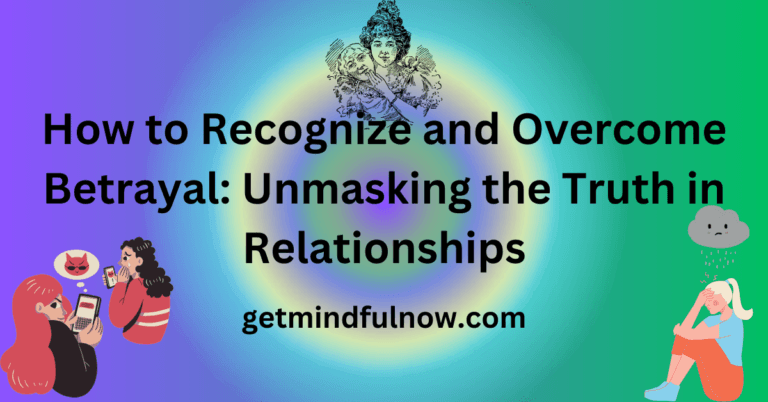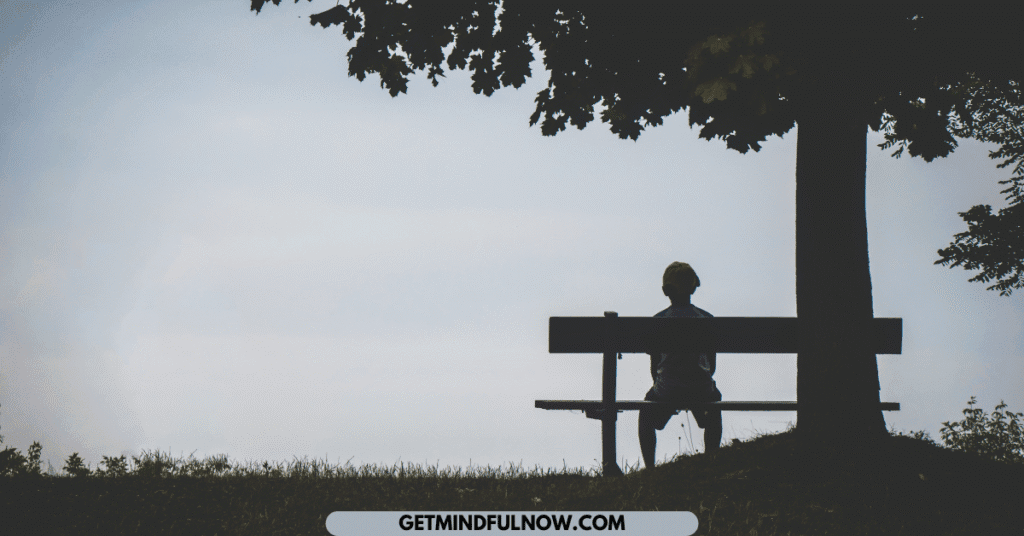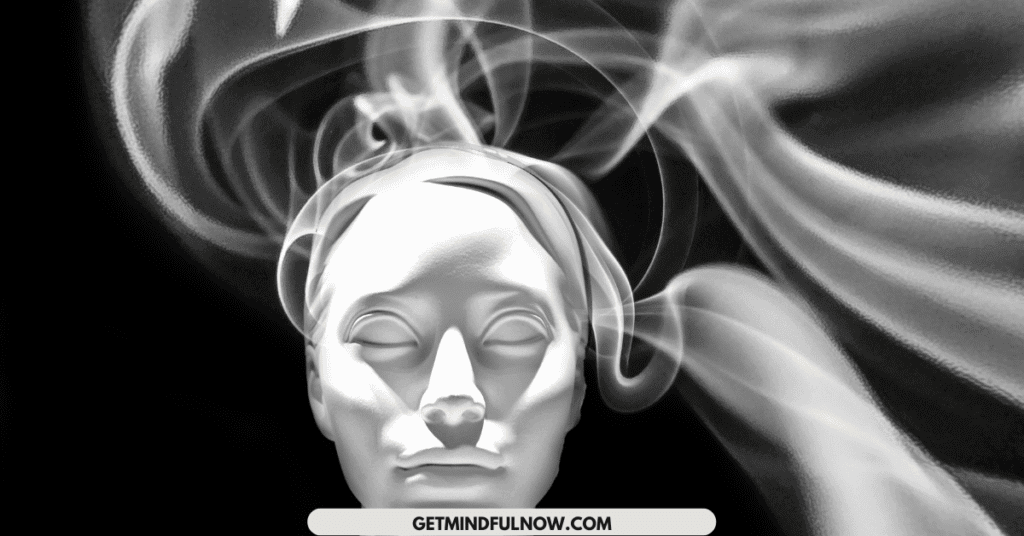For a long time, I suffered from betrayal. Every relationship I was part of eventually declined, no matter how hard I tried to save it, and I found myself hitting rock bottom. It seemed like a cruel pattern I couldn’t escape from. No matter how careful I became, I was always deceived.
Why? My mind worked frantically, searching for a flaw within me, desperately trying to find what I had done wrong. But I never found one. In my eyes, I was always compassionate, straightforward, and honest. I wore my heart on my sleeve, speaking what was on my mind without hesitation.
Yet, I consistently found myself surrounded by people who conspired against me, lied to me, and hid the truth. Sometimes, they would weave elaborate webs of deceit, guiding me through their series of lies.
For example, someone might lie about where they lived, and I would accept it without question. As time went on, they would lie more and more to cover up their initial deception until it became too uncomfortable for them to maintain. Eventually, they would concoct a fake story to justify their actions, creating a false narrative to align with the truth they had been hiding.
And what did I do? I accepted whatever they told me. There were many signs that could have exposed their lies from the very beginning, but I overlooked them.
Why?
Because I was generous enough to let others play sinister games with my mind.
But no, I was not naive. I always discovered their true selves in the end. So why didn’t I catch on earlier?
When I say there were countless stories like the example I shared before; with different people in my life, I’m not exaggerating. I was searching for answers, too.
As I endured the pain of each betrayal, it led me to ask some difficult questions. When I am the creator of my life, how can a pattern of people cheating on me continue? There must be something within me that causes this same story to play out repeatedly with different characters and settings.
The answer I received from my higher consciousness was profound:
“You see people how you want them to be, not what they truly are.”
This revelation hit me hard, and my heart sank. I realized I had been wearing filtered glasses, seeing people as I wished them to be, not as they truly were.
For years, I remained content with the idealized versions of them I created in my mind. But when my illusions were shattered, I walked away feeling like a victim, never considering that I had allowed them to continue lying.
Why didn’t I ask them to show me where they lived? Why did I blindly believe their words without questioning their actions, which were never consistent with what they claimed?
I learned that if I want genuine people in my life, I must remove the filtered glasses and see people for who they truly are. I must listen to what they say and observe what they do. Only then can I break free from the cycle of betrayal and find the authentic connections I truly desire.
To see people for who they truly are rather than who we want them to be, it’s essential to approach relationships with awareness and honesty. Here are some practical ways from my wisdom box for you to do that:
1. Listen More Than You Speak
When we listen carefully to what others are saying, we can catch inconsistencies and recognize when something doesn’t add up. Instead of filling in the gaps with what we hope to hear, let their words and actions speak for themselves. Pay attention to the details and be aware of any red flags.
2. Observe Their Actions
Actions often speak louder than words. If someone’s behavior consistently matches what they say, it’s a good sign they’re being truthful. But if their actions contradict their words, take note. It’s easy to get swept away by charming talk, but what someone does when they think no one is watching reveals their true character.
3. Ask Questions Without Fear
Don’t be afraid to ask direct questions when something feels off. Sometimes, we avoid asking questions because we don’t want to face uncomfortable truths. However, it’s better to have clarity than to live in a fantasy. If someone is honest, they won’t mind answering your questions.
4. Trust Your Instincts
Your gut feelings are powerful. If something feels wrong, it usually is. Trusting your instincts doesn’t mean being paranoid, but if you consistently feel uneasy around someone, explore why that might be. Your intuition can guide you in recognizing when someone isn’t being their authentic self.
5. Give Time, Not Trust
Trust is something that should be earned, not given freely. Take your time to get to know someone before fully trusting them. Time reveals true intentions, and people who are genuine will be patient and consistent over time.
6. Set Boundaries Early
Setting clear boundaries early in a relationship helps you see how people react. Those who respect your boundaries are more likely to respect you. On the other hand, people who push or ignore your limits may not have your best interests at heart.
7. Watch How They Treat Others
Pay attention to how someone treats people who can do nothing for them. How they interact with service workers, strangers, or even their own family members can tell you a lot about their true character. If they are kind and respectful to everyone, it’s a good sign.
8. Reflect on Past Patterns
Look back at past relationships and consider the patterns. Were there signs you ignored? Did you find yourself repeatedly disappointed by people? Understanding your patterns can help you break the cycle and choose to see people more clearly in the future.
9. Be Honest with Yourself
Sometimes, we see what we want to see because we are afraid of the truth. Be honest with yourself about what you want and need from a relationship. If someone isn’t meeting those needs or is showing you who they truly are, believe them the first time.
10. Don’t Rush Relationships
Finally, don’t rush into relationships. Take the time to build a solid foundation of trust and understanding. Rushing can lead to overlooking important details and falling into the trap of seeing someone as you want them to be rather than who they truly are.
By implementing these practices, you can start to see people for who they truly are. This will lead to healthier, more authentic relationships where you feel secure and valued for who you are, without the pain of betrayal.
Conclusion
In the end, the most important lesson I learned was that the power to change my story lies within me. By seeing people for who they truly are and not who I wish them to be, I can protect my heart and build relationships based on truth and authenticity. The cycle of betrayal only continues as long as I allow it, and now, with my eyes wide open, I can choose to walk a different path—one where trust is earned, and my worth is never compromised.









Thiswas so insightful and timely for me. Recognizing betrayal can be incredibly challenging, and your tips on unmasking the truth in relationships really resonate. I appreciate the practical steps you provided for moving forward.